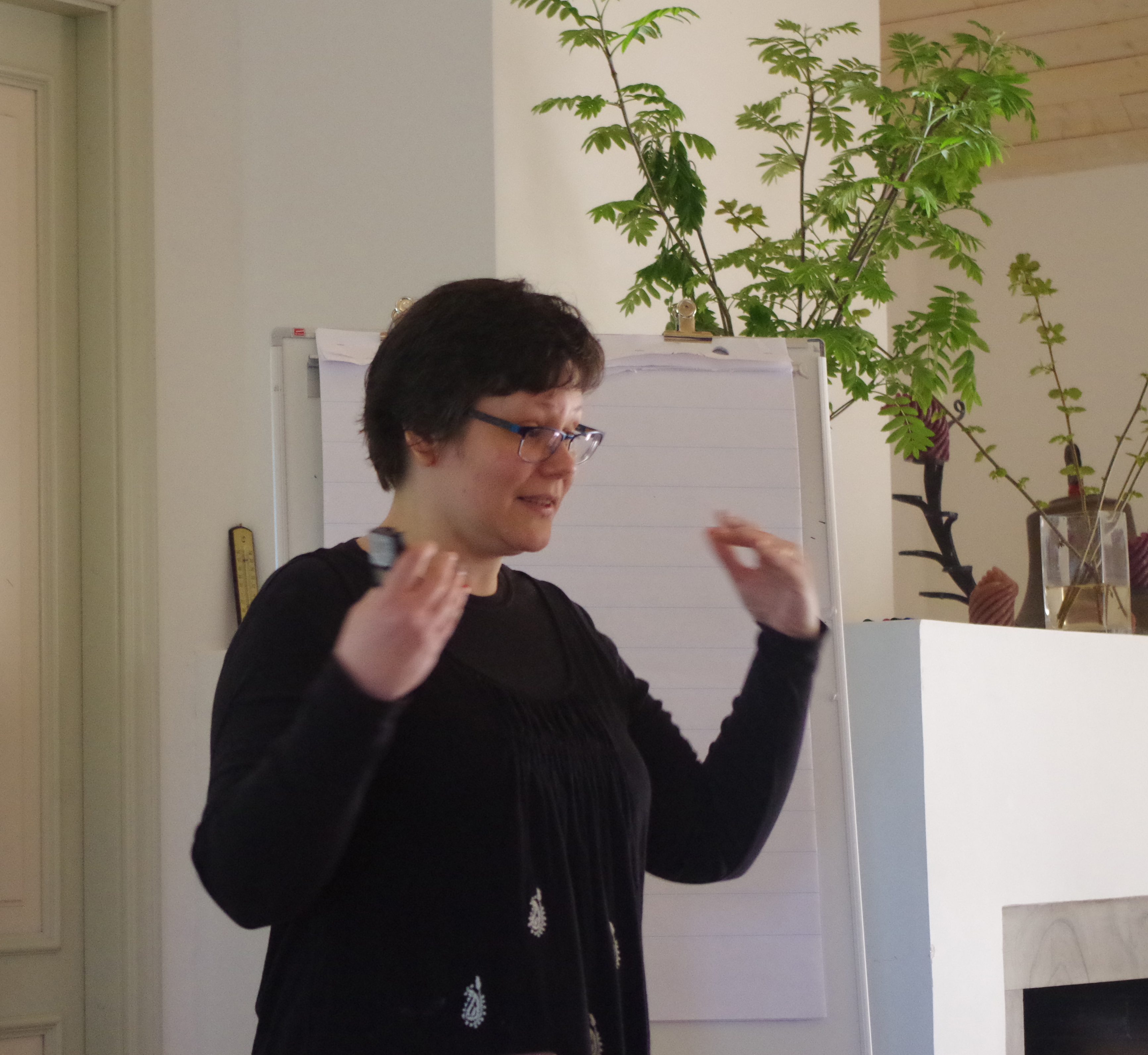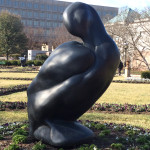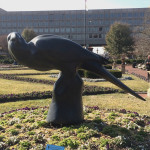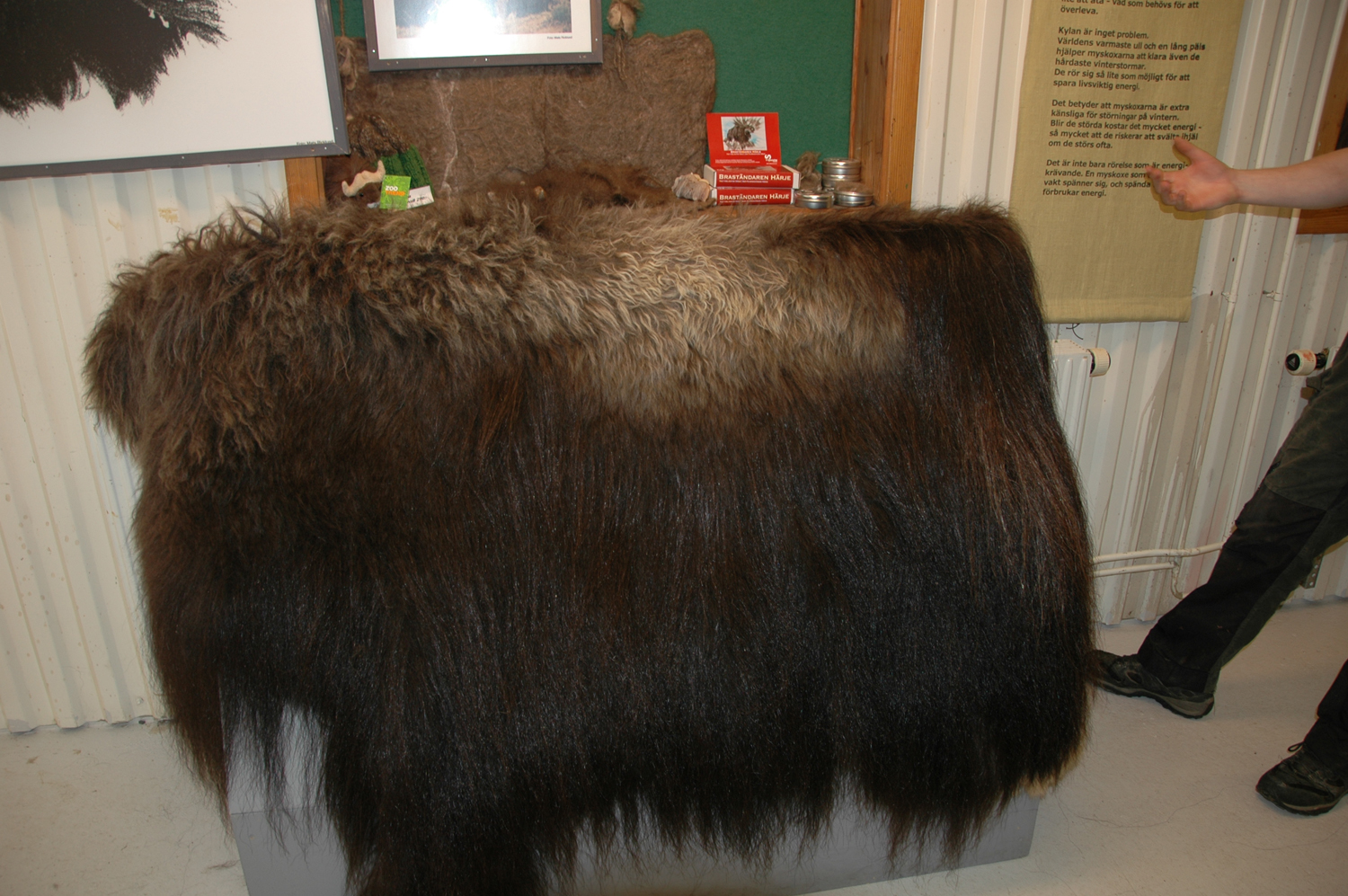
Commemorating war and our losses
Yesterday marked the 70th anniversary of Victory Day, which remembers the end of World War II in Europe with the surrender of the Nazi forces to the Allies. Of course in addition to celebrating the final success, festivities focus on honouring all those died in the conflict. There are memorial stones and graves to generals, battalions, unknown soldiers, and civilians. Animals who served in war are likewise honoured in permanent form at the Animals in War Memorial in London, the Australian Animals in War Memorial, and the US National War Dog Cemetery on Guam. Modern society has a penchant for commemorating its war dead.
When I visited the Smithsonian in Washington DC in April, I realised that extinct animals are no exception to this impetus to commemorate the lost. The artist Todd McGrain has created a series of sculptures as part of The Lost Bird Project. The bronze sculptures, which have been on display at the Smithsonian, depict five extinct North American bird species as mode of exposing “the tragedy of modern extinction”, according to the website.

The passenger pigeon sculpture stood in front of the Smithsonian Museum of Natural History, where the Once There Were Billions exhibit inside featured stories and taxidermied specimens of the passenger pigeon, great auk, Carolina parakeet, and heath hen. I reflected previously about my experience of meeting Martha, the last passenger pigeon. The statue likewise had a pensive feel, in dark bronze, looking up into a sky which will never again be darkened by invading pigeon flocks.
The Smithsonian Castle garden featured a quartet of birds: the Carolina parakeet, great auk, heath hen, and labrador duck (a species not featured in the museum exhibit). They are lovely representations with smooth flowing contours that move the statues beyond natural history into modern abstraction.
As I looked upon these statues on a sunny spring morning, I could hear the birds singing in the trees. It seemed an appropriate juxtaposition: hearing song and seeing silence.
The text on a garden sign proclaims the artist’s message: “These sculptures compel us to recognize the finality of our loss. They ask us not to forget, and they remind us of our duty to prevent further extinction.” Commemoration events around the beginning or end of armed conflicts ask us to not forget and to strive to avoid repeating the past losses — these statues ask us to do the same with humanity’s war on nature.








One Comment
Pingback: